Tiempo de lectura: 4 minutos
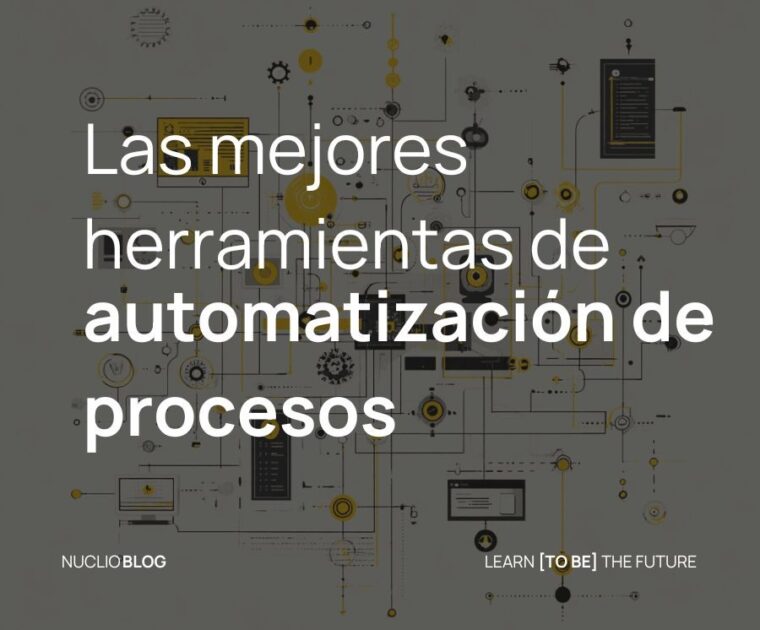

Tiempo de lectura: 4 minutos

Tiempo de lectura: 4 minutos
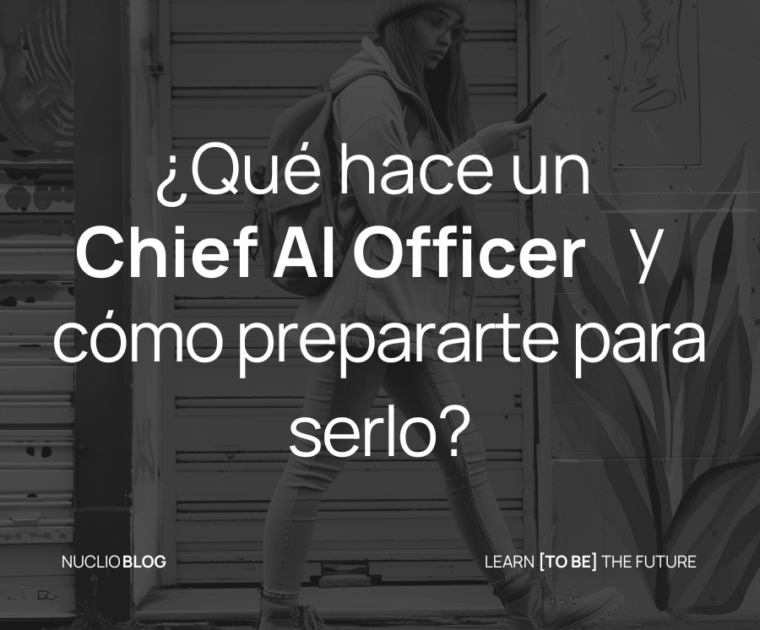
Tiempo de lectura: 3 minutosDiferencias entre Chief AI Officer y otros roles Con el crecimiento de la inteligencia…
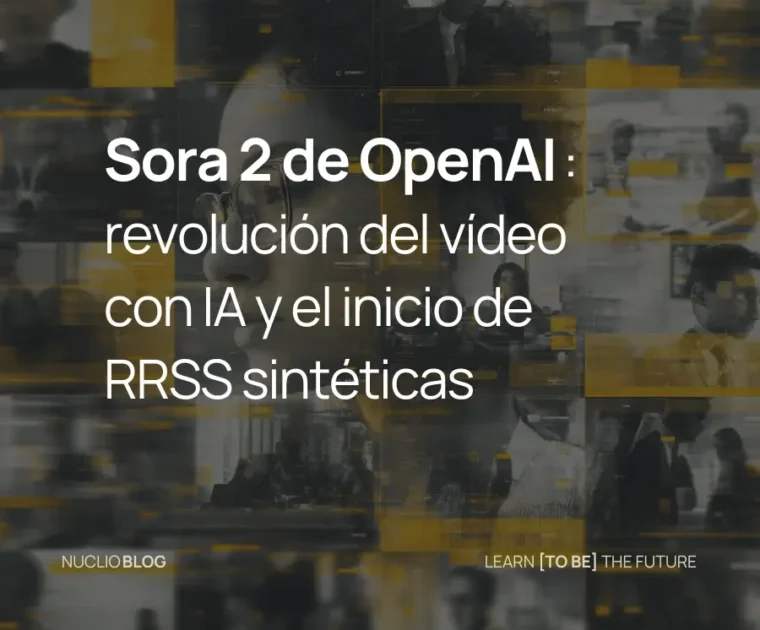
Tiempo de lectura: 4 minutos

Tiempo de lectura: 3 minutos

Tiempo de lectura: 3 minutos

Tiempo de lectura: 3 minutos
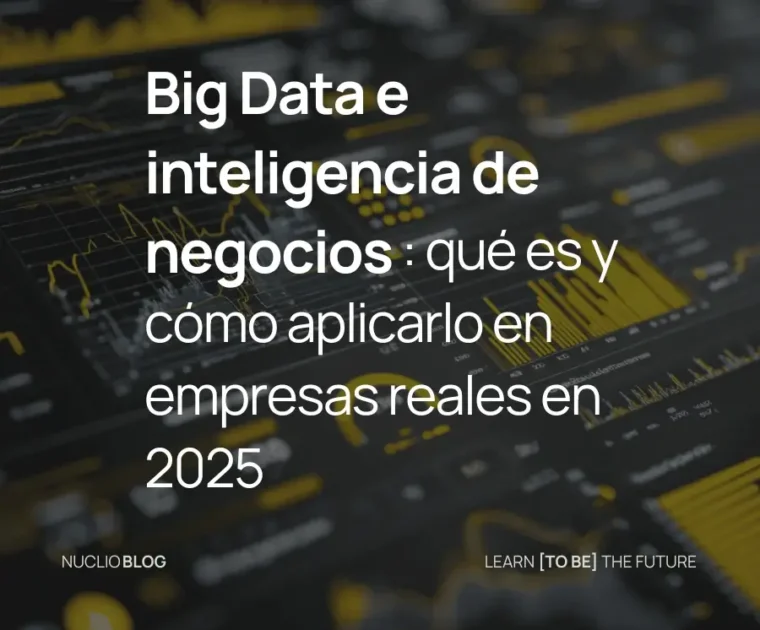
Tiempo de lectura: 4 minutos

Tiempo de lectura: 4 minutos

Tiempo de lectura: 3 minutos

Tiempo de lectura: 3 minutos

Tiempo de lectura: 4 minutos
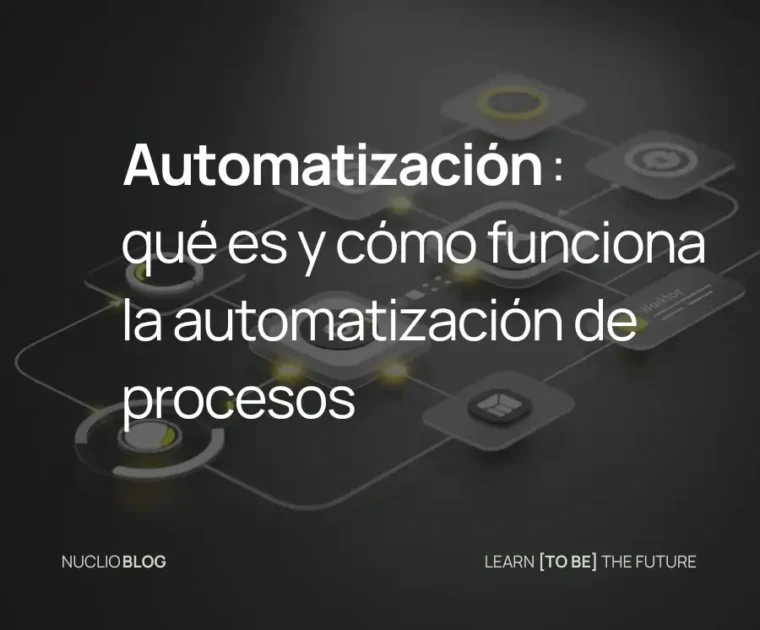
Tiempo de lectura: 4 minutos

Tiempo de lectura: 4 minutos

Tiempo de lectura: 4 minutos

Tiempo de lectura: 3 minutos

Tiempo de lectura: 4 minutos

Tiempo de lectura: 6 minutos
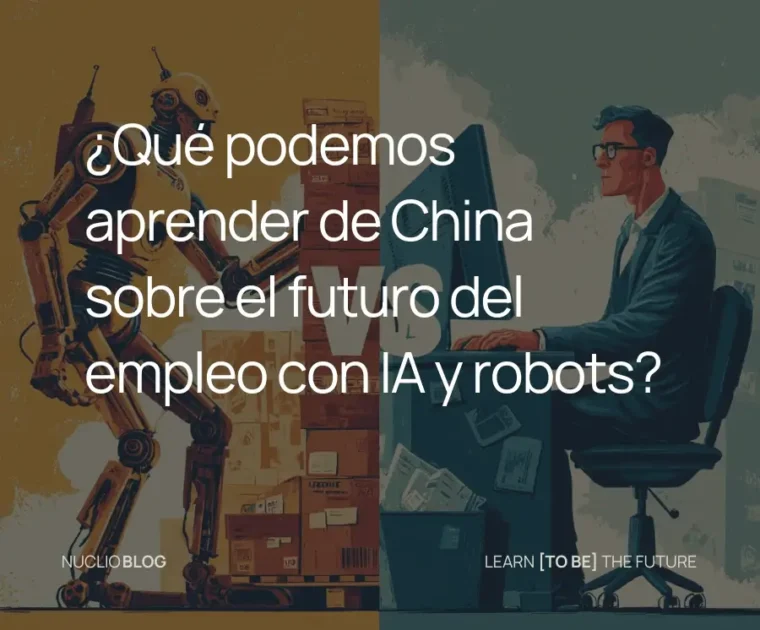
Tiempo de lectura: 4 minutos

Tiempo de lectura: 4 minutos

Tiempo de lectura: 4 minutos

Tiempo de lectura: 4 minutos

Tiempo de lectura: 5 minutos

Tiempo de lectura: 4 minutos

Tiempo de lectura: 5 minutos

Tiempo de lectura: 3 minutos

Tiempo de lectura: 3 minutos

Tiempo de lectura: 3 minutos

Tiempo de lectura: 4 minutos

Tiempo de lectura: 3 minutos

Tiempo de lectura: 3 minutos
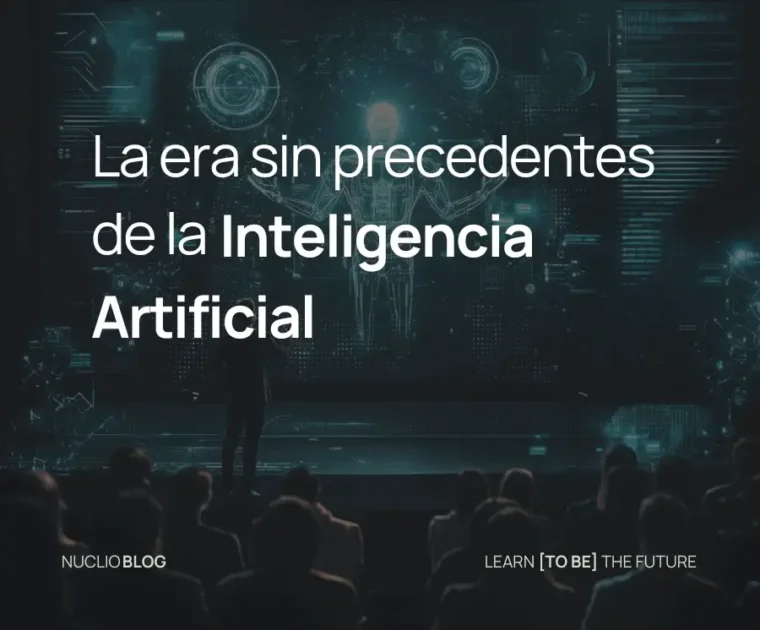
Tiempo de lectura: 4 minutos

Tiempo de lectura: 4 minutos
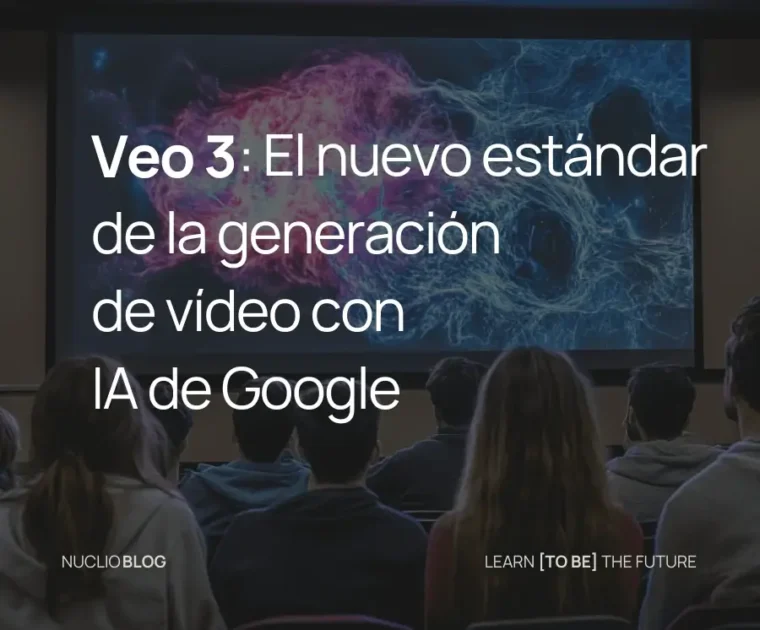
Tiempo de lectura: 3 minutos

Tiempo de lectura: 5 minutos

Tiempo de lectura: 4 minutos

Tiempo de lectura: 5 minutos

Tiempo de lectura: 3 minutos

Tiempo de lectura: 3 minutos

Tiempo de lectura: 21 minutos